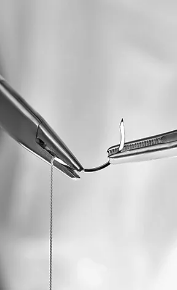While bacteria and viruses are everywhere we go, now more than ever we are attuned to their dangers. While times are changing for the better and we are seeing restrictions ease, it does not mean that we are in the clear. Many of the extreme measures introduced during the covid-19 pandemic are here to stay, especially for dental offices!
Infection Control in Dentistry Before, During, and After COVID-19 Pandemic
Infection Control Today 2022, Lisa Kane

The most recent available data has indicated a staggering 462 million covid-19 cases worldwide. This pandemic has forever altered the way we will operate our daily lives moving forward and it is no different from how we will choose to manage our clinics. What was once a mild suggestion like posting handwashing signs in the waiting room or patient screening prior to their appointments to ensure they aren’t coming in sick has become the gold standard of care in every institution, not just health care. While it made sense to follow these guidelines to keep our community safe from a pandemic, now that the vaccines have rolled out the question remains, what happens now? Do we continue to follow the strict guidelines created for an extreme situation, or do we throw caution to the wind and go back to how things were? The following article will examine infection control practices before and during the pandemic, as well as project what they might look like going forward.
>> Click to access the article << (page 32)
Big Concern for Public Health: Microbial Contamination of Mobile Phones
J Infect Dev Ctries2021, Tara Sadeeq et al

Did you know, 91% of all adult users of mobile phones keep their phones within arms reach for 24 hours a day? Many of us are likely in agreement with that statement as we do everything from interacting with friends, grocery shopping, and even paying our bills with our mobile devices. As many dental offices begin to modernize, they are likely to introduce even more devices to aid in patient care and education as well. However, a 2010 study revealed that mobile phones have about 18 times more bacteria on them than the flush handle of a toilet. With this in mind, it’s important that we educate ourselves and our patients on the potential bacterial effects of carrying around a phone constantly without cleaning it. The following study provides the first data on the rate of microbial contamination on mobile phones and the efficiency of the use of alcohol to disinfect mobile phones.









